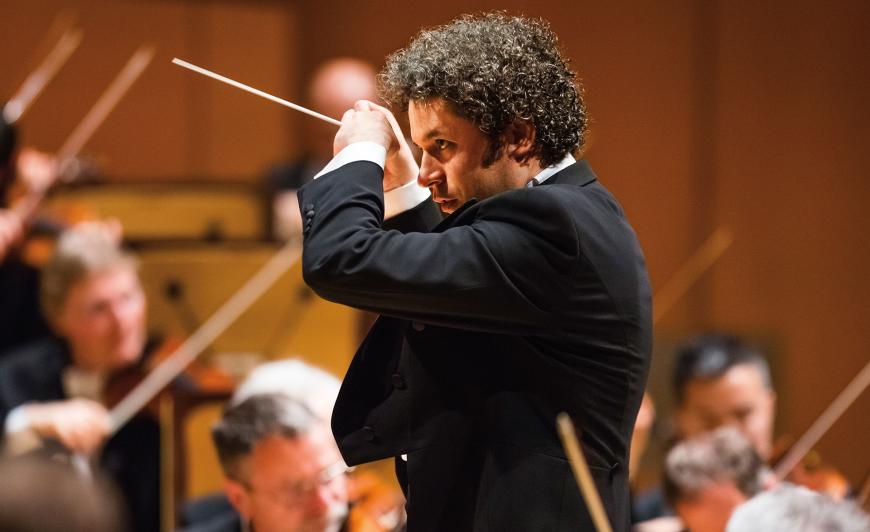
In the July 29 edition of the Los Angeles Times, music critic Mark Swed rhapsodized in his article “What’s New? Music in L.A.” about the number of concerts performed by the Los Angeles Philharmonic featuring commissioned premieres and repertory devoted to living composers.
“Since April Fools’ Day alone,” Swed reported, “the LA Phil has presented by my … count works by 70 living composers, most of them premieres. Every program by the full orchestra or members of the LA Phil has contained at least one new piece.”
What the Times article failed to mention was the excessive strain these performances (over the course of several months) imposed on the musicians, as well as their music director, Gustavo Dudamel. And while the premiered pieces tended to be relatively short, they still presented complex challenges that had to be worked out for the first time. Add to this the fact that these programs also included large-scale works from the traditional repertory, such as Beethoven’s Symphony No. 9, which require (but may not always receive) adequate rehearsal time.
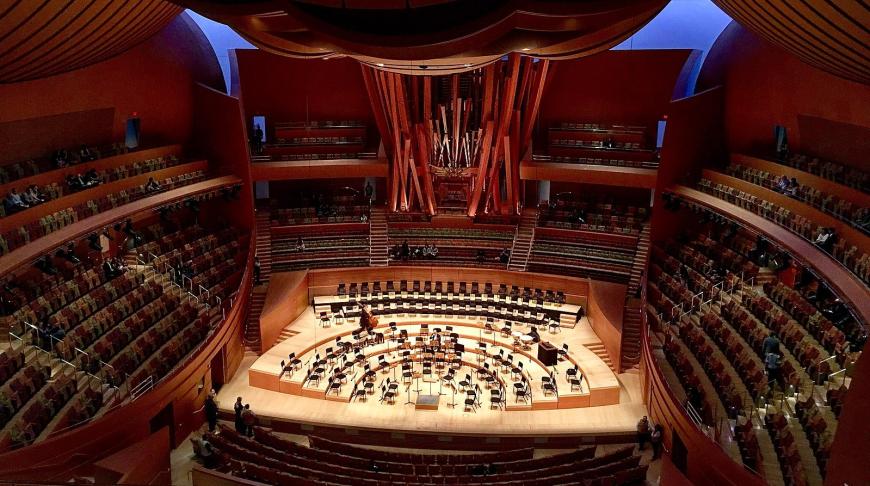
According to several members of the orchestra, as this densely scheduled succession of performances continued, there was a noticeable increase in cases of tendonitis, back pain, and jaw issues, along with an overall atmosphere of exhaustion. The orchestra’s physical and mental stress were so apparent that at one point Dudamel felt the need to sympathetically confide to the players that he and the administration were appreciative and aware of the hardship the schedule had imposed on them.
The level of stress that musicians, staff, and orchestra administrators are currently confronting is not confined to Los Angeles. It is symptomatic of an industrywide response to the post-shutdown year, as live performances returned but audience attendance declined, resulting in a significant drop in ticket revenue. Few administrations are yet willing to restore musicians to 100 percent of their pre-pandemic salaries, while they seek new directions in programming and analytics-based marketing designed to attract and maintain audience levels, while also addressing the issue of diversity and the inclusion of minority voices.
The stress and strain of the current situation have contributed to an increased number of musicians taking retirement or, in some cases, simply quitting. This, in turn, requires management to find and hire replacements — a condition one Bay Area musician feared was turning an iconic institution into “a pick-up orchestra.”
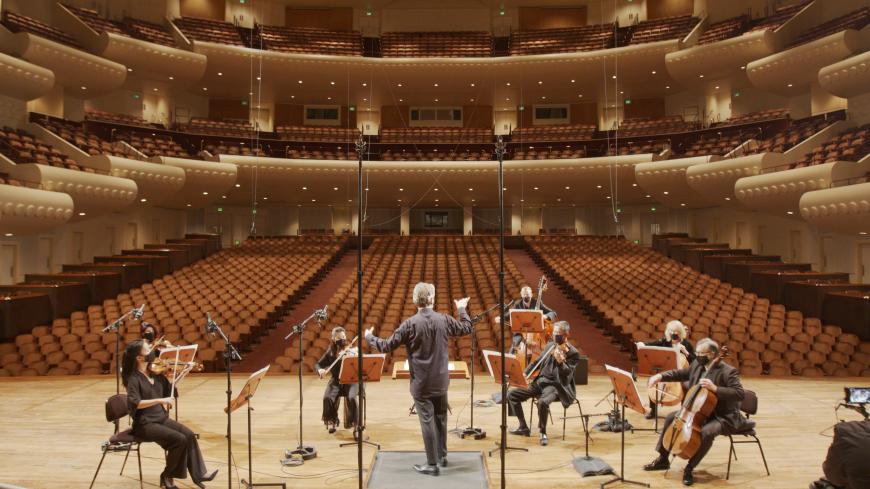
Under these conditions, it’s not surprising that workload issues are at the center of contract negotiations currently underway between the labor unions and managements of 25 orchestras, including the LA Phil and the San Francisco Symphony. The deadline is mid-September, when the current contracts will expire.
The outcome of these negotiations may well shape the future of symphony and opera orchestras large and small. Can musicians and management find common ground and agree on an equitable formula to move forward? Or could a failure in negotiations lead to both sides digging in their heels and adopting an adversarial, scorched-earth approach? Could orchestra strikes or lockouts be looming on the horizon?
Notes From the Trenches
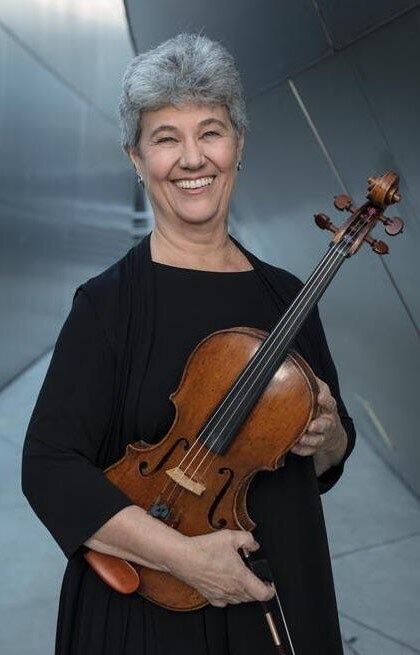
For the last six years, violist Meredith Snow has been the chairperson for the International Conference of Symphony and Opera Musicians (a players’ conference within the American Federation of Musicians). For the last 36 years, Snow has been a member of the LA Phil. Her decades as a union delegate have made her an expert in contract negotiations, pay scales, and workloads. Her time with the LA Phil (she was hired by André Previn) has taught her the reality of what it takes to maintain a career in the trenches as a professional orchestra musician — a profession she equates to being a professional athlete. As she puts it, “Athletes and musicians only have one tool — their bodies — and I don’t know any musicians that haven’t suffered injuries somewhere down the road.”
Looking back on the final months of the LA Phil’s 2022 spring season (applauded in the LA Times), Snow recalls how much strain those concerts placed on the orchestra.
The performance schedule over the last few months of the season was crazy. I don’t necessarily think they [management] have an understanding of the effort that goes into performing that much. How are you supposed to do that many different programs?
The week that we did Beethoven 9, we did it with two brand-new commissions on the first half. They were 10–15-minute pieces, but we’d never played them, and Gustavo had never conducted them. [Those works] took up the bulk of the rehearsal time. So, how did the Beethoven sound at the first concert, completely unprepared, because we’d spent all our time on the new pieces? Obviously, we know the Ninth Symphony, but we still needed to rehearse it to bring it all together. It got a standing ovation because the audience know what they’re supposed to applaud for, and we appreciated their response. But we know how we sound.”
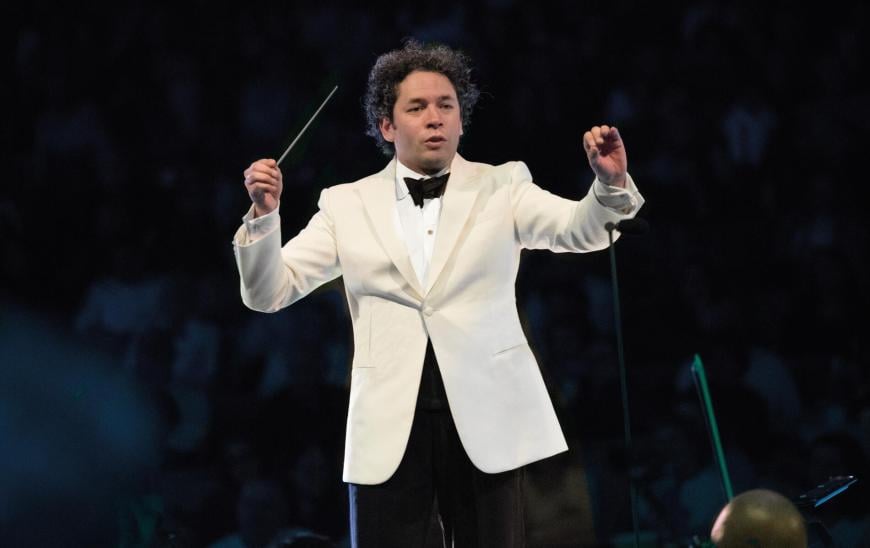
Snow also recalls Dudamel’s moment of condolence, though her take on it is a bit different.
“Gustavo usually says a few words to us at the beginning of rehearsal, and we’d been having a horrific week. We were also in negotiations to ratify our contract [the first draft of which was rejected by the musicians]. I think what he said was meant as a pat on the back and a ‘we understand this schedule has been difficult.’ But this has been going on for eight years, and nothing changes. It’s gotten to the point where this needs to be in the contract so this won’t continue to happen.”
The contract clause that Snow (and players in other orchestras) are lobbying for would codify the number of weeks over the course of a season when the orchestra can be required to play multiple programs and would mandate that those weeks not be consecutive.
“Let me say,” said Snow firmly, “the LA Phil has, categorically, the best management. There is no administration that’s more dedicated, knows their stuff, and does it [as] well. I admire them for that. But it doesn’t mean we agree about philosophy or what’s best for the orchestra. There are always going to be those oppositional poles about what’s good for us and what’s good for them, what the workload looks like and what you’re getting paid for it.”
The Pandemic Changed Everything
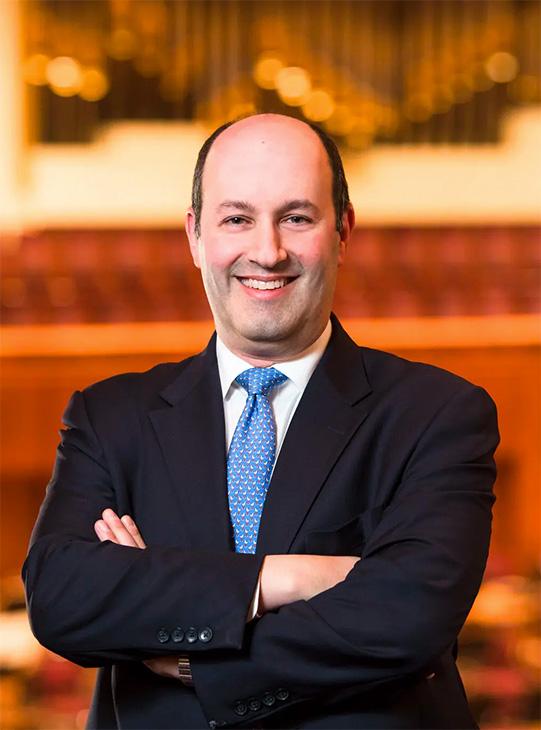
You could describe the present condition of America’s symphony orchestras as “being on the spectrum.” At the look-on-the-bright-side end, the New York Philharmonic stands alone. In the June 13 issue of The New York Times, Javier C. Hernández reported, “When the coronavirus pandemic erupted in 2020, battering the cultural sector and forcing the New York Philharmonic to cancel a season, the orchestra worked to cut costs, slashing its musicians’ pay by 25 percent.
“The Philharmonic promised at the time to reverse those cuts, which provided more than $20 million in savings, once its financial outlook brightened. And on Monday, the orchestra announced it would do so in September, much earlier than expected.
“The decision to restore pay is a milestone in the Philharmonic’s recovery, and it offered some hope that the worst of the pandemic, which cost the orchestra more than $27 million in anticipated ticket revenue, had passed.”
At the doom-and-gloom end of the spectrum, you have the decision made by the board of directors of the San Antonio Symphony. When faced with union contract positions they felt were economically unviable, and believing the situation to be at an impasse, the board decided to disband the organization completely — no more symphony orchestra.
As explained in a June posting on the Symphony’s website, “The last bargaining session between the Symphony Society and the Musicians’ Union took place on March 8, 2022, after which the Union declined to return to the bargaining table, despite efforts of federal mediators and the Symphony. … The absence of a labor contract has effectively forced the Symphony to shutter its operations.”
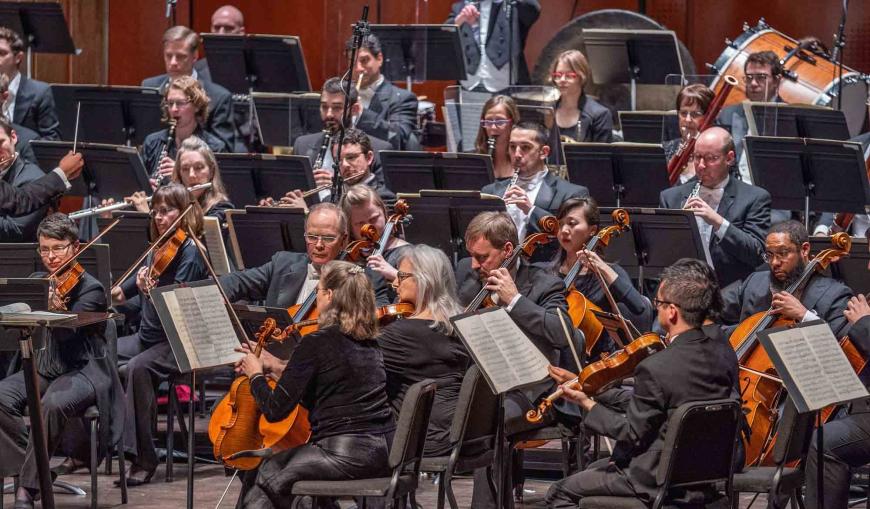
The musicians, of course, disputed that presentation of facts by the board. Mary Ellen Goree, the orchestra’s principal second violinist, pointed out on her Facebook page that “there is a labor contract in place, ratified by both the musicians and the board in the summer of 2019, expiring on Aug. 31, 2022. Our board and management have done everything in their power to disregard this ratified labor contract, including prematurely declaring impasse last September and imposing draconian terms which they knew the musicians could not agree to.”
In the view of Chicago-based orchestra consultant Drew McManus, the current conflicts between labor and management reflect both the difficult economic realities of the moment and “a crucible that boils everything down to basic conflicts that were already there.”
Ironically, McManus points out, it’s smaller, regional orchestras with limited budgets that are proving nimbler and more creative in their labor relations. He cites as examples boards that are recognizing the economic challenge faced by “freeway flyers” — contract players who rack up hundreds of miles in order to perform with regional orchestras.
In contrast, McManus said, “the higher up you go up the budget chain, the slower you’re going to see significant change. For orchestras like the LA Phil and the SF Symphony, negotiations are likely to be more tense because they are coming out of a situation where they already negotiated stopgap extensions because of the pandemic. There’s a much higher risk level now for musicians than there was before the pandemic, absolutely.”

Simon Woods is the president and CEO of the League of American Orchestras, which in June held its first live post-COVID convention in Los Angeles. More than 1,000 orchestra administrators from around the country were in attendance. The major themes that recurred throughout the conference (and at the bar), Woods observed, concerned equity, diversity, and inclusion; the challenge of plotting a course through an uncertain future; the role of analytics in marketing strategies; and the financial reality of a 15–25 percent drop in tickets sales and subscriptions. Addressing the needs of musicians was not an agenda item.
The irony of the pandemic, Woods explained, is that many large organizations actually did very well, benefiting from drastically reduced salaries for musicians and cutbacks in staff, while vast quantities of money rolled in from government grant programs (most with no-payback clauses), along with increased giving from patrons.
With subsidies going away, said Woods, “they [large organizations] find themselves unsure what financial stability looks like.” But as Woods and McManus both emphasized, the fiscal conditions of orchestras have to be looked at on a case-by-case basis.
Conductors tend to be seen and promoted as their organizations’ superstars. But ultimately, it’s the musicians who are the foundation the brand is built on. If they are not adequately protected, if fatigue, retirements, injury, or exasperation cause them to leave, the level of the playing can easily decline, and with it the orchestra’s brand value. And while audiences may not be aware of every detail and subtle nuance of a performance, they are savvy enough to know if they’re not getting symphonic bang for their buck, and they’ll show it at the box office.
And if musicians are leaving, so are staff, many of whom were laid off during pandemic-induced restructuring.
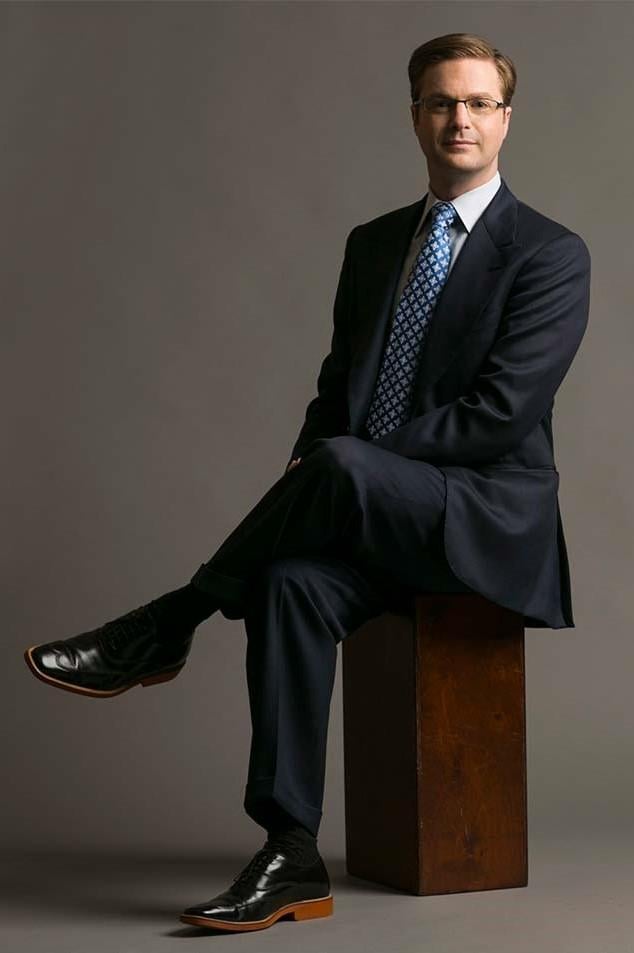
“An orchestra’s executive administration, executive board, and full board leadership can change the direction of an orchestra if they feel it’s needed,” explained McManus. “These are the groups that set the tone regarding their employees, onstage and off. Don’t forget that cutbacks in staff during the pandemic left staff members that remained being asked to work much harder and accomplish more tasks than they ever have before. Unlike musicians, organizations that laid off staff are discovering they may not be able to hire those people back because they found better, higher-paying jobs and they’re happier. Organizations are finding themselves trying to hire unicorns on a goat budget.”
Staffing cuts anticipate musicians’ contract negotiations, McManus said, “like the canaries in the coal mine. It lets you know how labor relations are going to go. The harder a board and the executive leadership pushes the musicians, the more tired and angry, the more hurt they’re going to feel. That is not going to create a terribly receptive environment for negotiations. Everything becomes adversarial, as opposed to interest-based bargaining.”
The possibility of long-term conflict has many dedicated managers and musicians looking for strategies to deescalate tensions.
“Since I became chairperson of ICSOM, the only agenda I have is to get people to work together, for management to talk to musicians and for musicians to be on board with management,” said Snow. “Let’s stop being mistrustful.”




